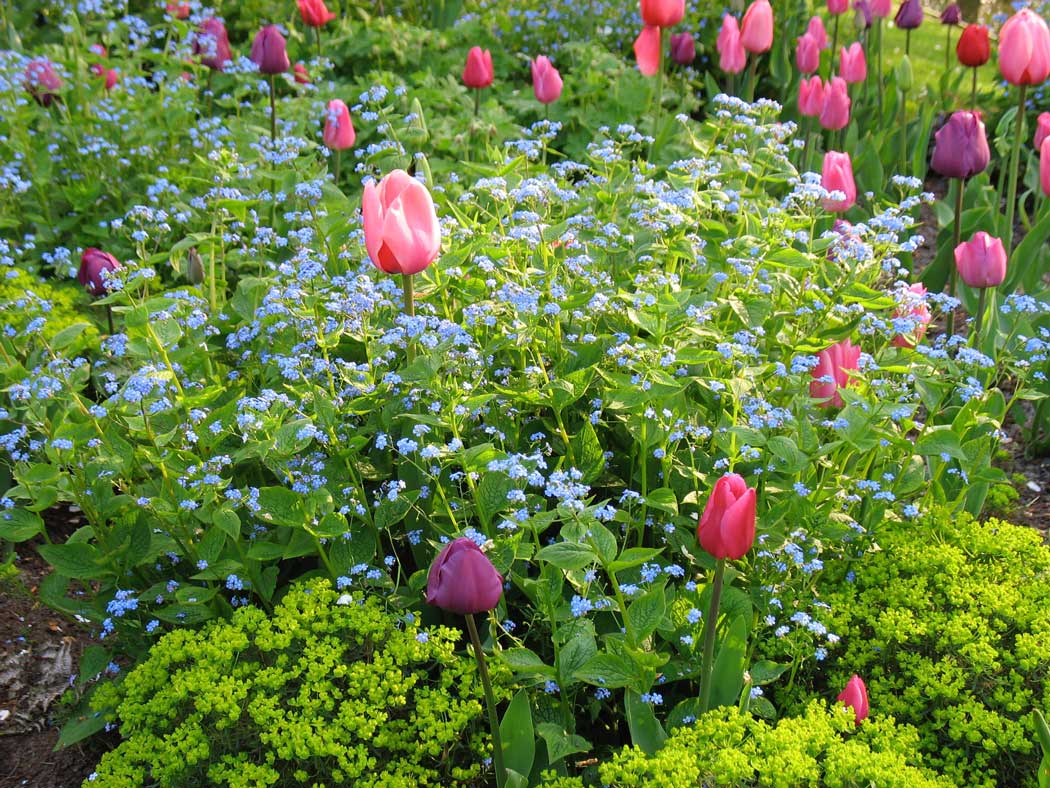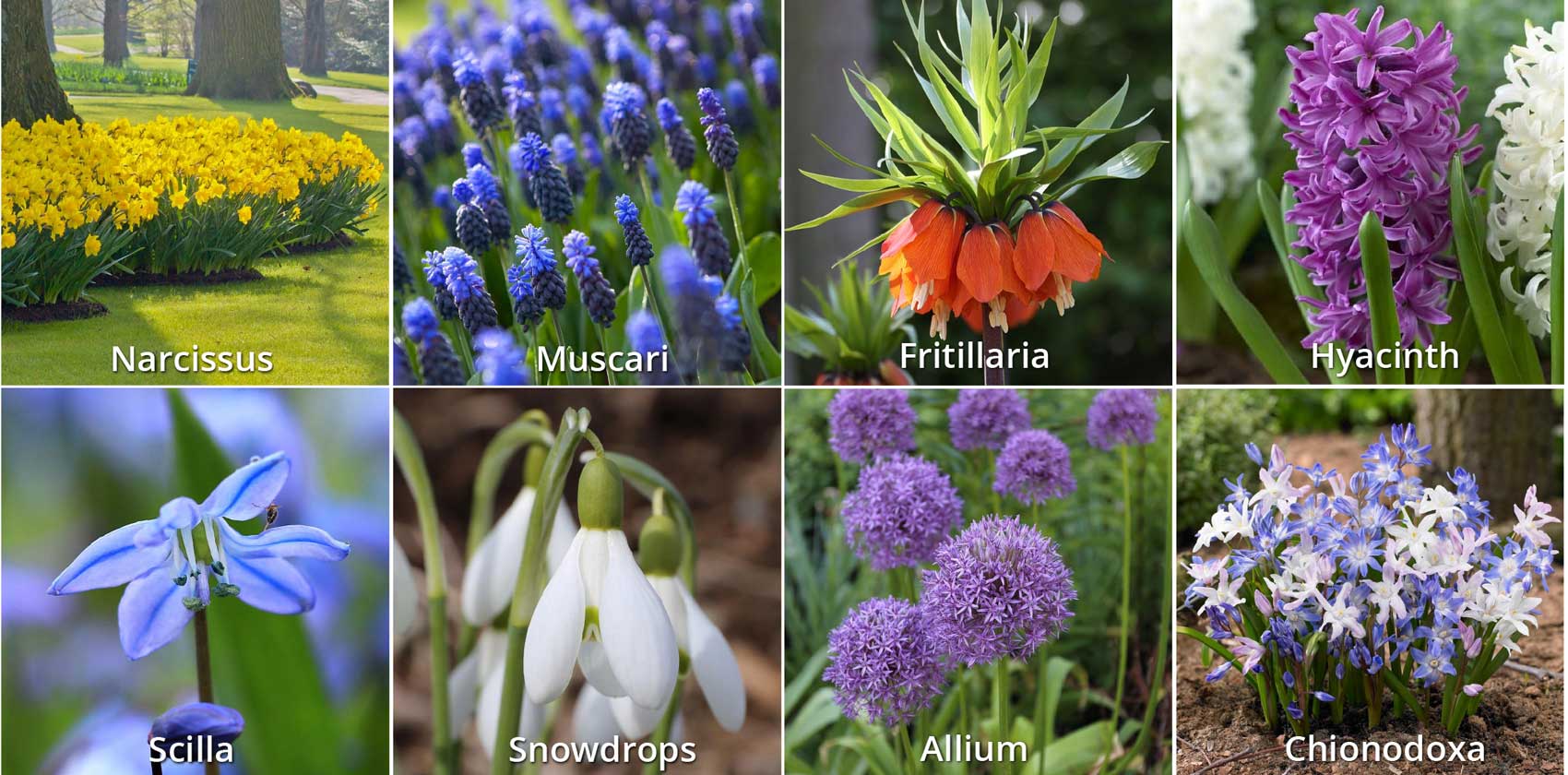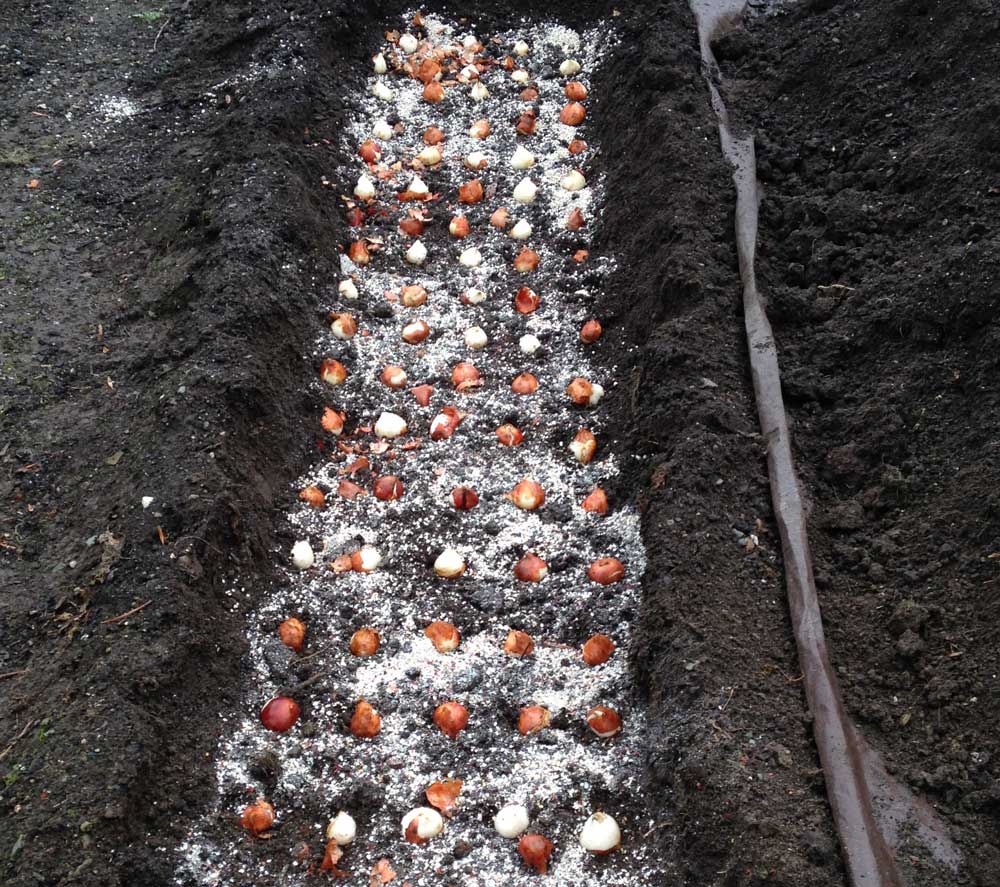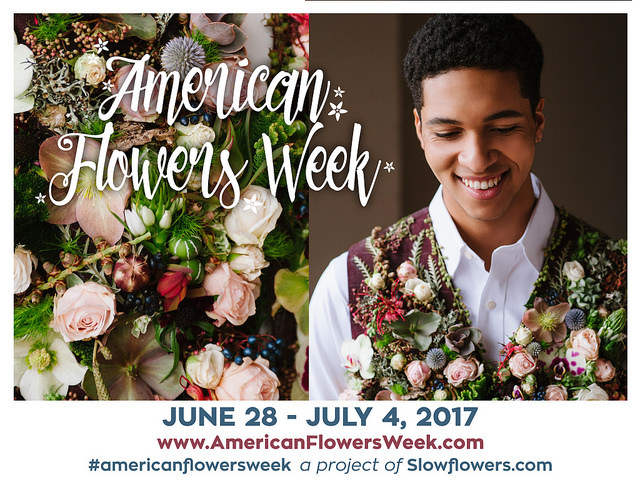How to Protect Fall Bulbs From Chipmunks and Squirrels
For gardeners, fall is planting time for tulips, daffodils, alliums and other spring-blooming bulbs. While we’re busy planting our bulbs, chipmunks and squirrels are busy gathering nuts, berries and seeds for the winter ahead. If you’re a rodent working hard to fill up your food cache, the flower bulbs we’re planting are buried treasure: tasty, nutritious and easy to transport.
It’s heartbreaking to have your flower bulbs become dinner for some pesky critter. Read on for some easy planting tips that can help you keep your fall bulbs safe from chipmunks and squirrels.
Don’t Tempt Them
Not all flower bulbs are appealing to chipmunks and squirrels. So one strategy is to plant bulbs they avoid, including daffodils, alliums, scilla (Siberian squill), hyacinths, muscari (grape hyacinths), fritillaria, camassia, chionodoxa, galanthus (snowdrops) and leucojum (summer snowflake).
Planting your bulbs with smelly a organic fertilizer such as bone meal or fish emulsion may attract skunks, dogs and cats well as chipmunks and squirrels. Bulbs already contain everything they need to flower, so skip the fertilizer and avoid attracting attention to your newly planted bulbs.

Hide the Evidence
Take time to clean up after you have finished planting, so you don’t leave clues that there might be something tasty underground. Chipmunks and squirrels are curious, and freshly dug soil indicates something was recently buried. Spreading a thin layer of bark mulch or shredded leaves over newly planted areas will help to hide the disturbance.
Another way to cover your tracks is to plant your bulbs into a groundcover or among low-growing perennials such as vinca, ajuga, heuchera or lamium. Squirrels and chipmunks are unlikely to notice the newly planted bulbs, and they may also be less inclined to dig through foliage and roots.

Use barriers to protect your bulbs
The most effective way to keep your bulbs from being eaten is to plant them inside a wire cage. It’s fussy and time consuming, but it works and is something to consider, especially if you plant your bulbs in the same place each year. Many public gardens use this technique so they can always get a crowd-pleasing display.
For wire, you could use a 2” mesh (such as chicken wire), but the large openings don’t ensure good protection. Hardware cloth is stiffer and more difficult to work with, but has much smaller openings. Dig out a planting area and line it with the wire mesh. Refill with soil and then plant your bulbs. When you have finished planting, lay an additional piece of wire over the soil surface. Use stones or boards to weigh it down for winter and then remove it in spring when your bulbs begin to emerge.
Deter Them With a Repellent
Another way to protect your bulbs from rodents is to plant them with crushed stone or crushed oyster shells (see photo above). The gritty texture deters digging and chewing. Feed stores usually carry crushed oyster shells.
To mask the appealing aroma of the bulbs, consider spraying them with a deer repellant. Granulated garlic and crushed red pepper flakes can also discourage nibbling.
Wait Them Out
Squirrels and chipmunks are in high gear during late summer and early fall. In addition to gathering food for winter, they may also be feeding a second litter. By mid-October, their activity level begins to slow.
By planting your bulbs a few weeks later than usual, you can avoid the most frantic foraging period. In most regions of the country, the ideal time for planting bulbs is after Halloween and before Thanksgiving.





